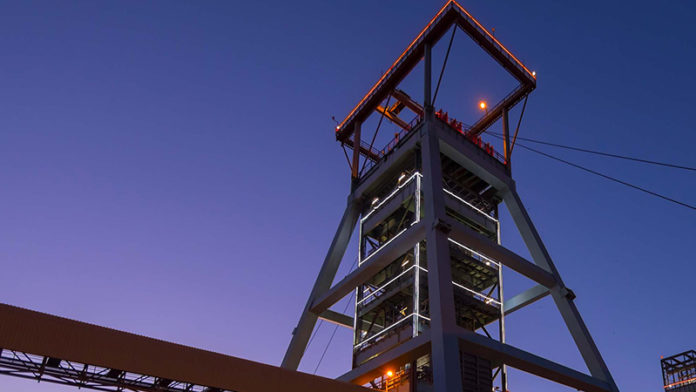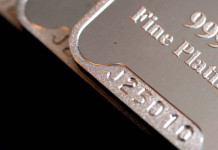
IMPALA Platinum’s (Implats’) grindingly slow takeover of Royal Bafokeng Platinum (RBPlat) inched through another milestone today after the Takeover Regulation Panel (TRP) approved the transaction.
What’s left is for the JSE to approve the listing of new shares in terms of its offer for RBPlat, consisting of stock and a cash component. Implats said it would apply again for this approval from the bourse.
It said also earlier this week the long-stop date for shareholders wanting to accept its offer had been extended to July 28. At last count, Implats owned 56.41% of RBPlat while Northam Platinum, which withdrew a rival takeover proposal in May, has a 34.5% stake in RBPlat.
The real action regarding the companies, however, is at the RBPlat asset level. RBPlat becomes a listed subsidiary of Implats so there’s no joint venture understanding with Northam. The assumption therefore is that Implats will push through its agenda exclusively, focusing on with extracting synergies between its Rustenburg mines and the adjacent RBPlat operations.
Analysts said how this happens will be key to the success of Implats’ RBPlat takeover, underway since it formalised its offer on January 17, 2022.
“By gaining control of RBPlat, Impala should not be able to unlock some of the envisagd synergies which could emanate from this deal,” said Arnold van Graan, an analyst for Nedbank Securities in a report last month. “This should benefit Impala significantly in the long term in our view.”
Citi analysts said in a report last month the bank expected Implats to push through with previously flagged synergies such as the extension of Impala shaft lives by at least three years to 2033 as well as enhancing operating cost and capital efficiencies by as much as 10%. “It may also use some infrastructure to early access some part of the reserves.”
Northam’s decision not to press on with its own takeover offer was put down to the deteroriation in the platinum group metal basket price, the weaker rand/dollar exchange notwithstanding. Given that loadshedding has been muted in South Africa, concerns regarding supply have eased slightly.
More importantly, between 85% to 90% of palladium and rhodium demand is from the automotive sector which will continue to be shaped by electric vehicle penetration rates and the battle between battery electric vehicles and hybrid vehicles using some PGMs.
“We forecast that palladium and rhodium markets moving into a structural and growing surplus by 2024,” said Steven Friedman, an analyst for UBS which has an above consensus view on electric vehicle growth. “This will likely continue to weigh on prices,” he added.
The palladium price is down 37% over the last year while rhodium prices are 69% lower. Trading at $26,000 per ounce in mid-2021, the rhodium is now around $4,000/oz currently. The rand is 16% weaker against the dollar over the same period.










